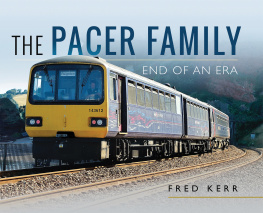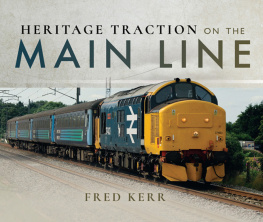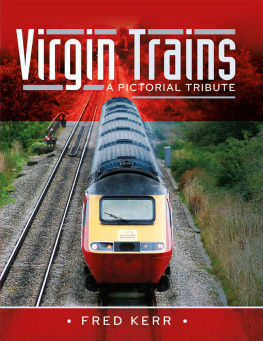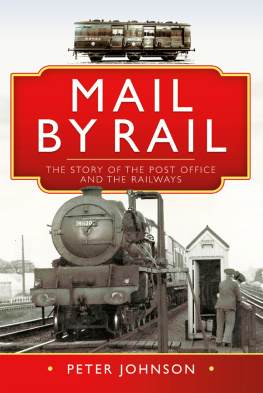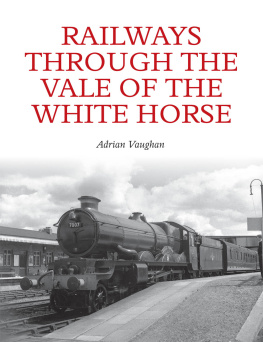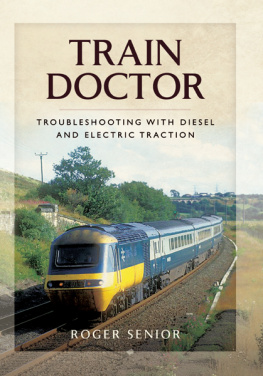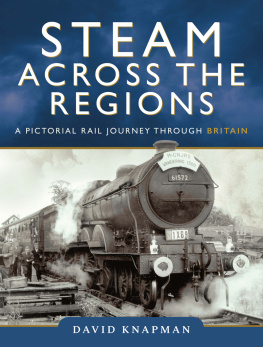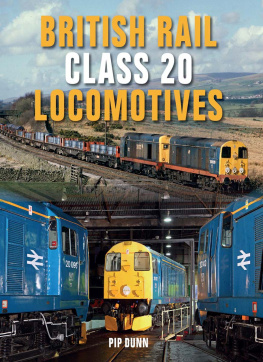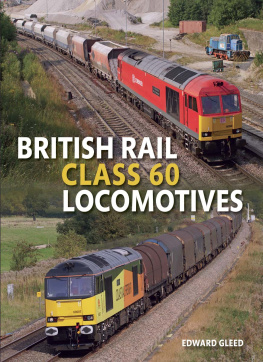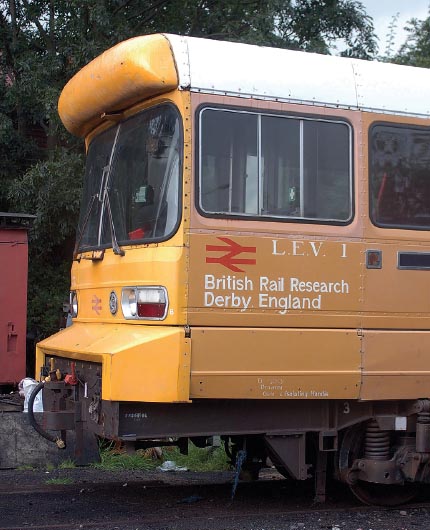
THE PACER FAMILY
THE PACER FAMILY
END OF AN ERA
Fred Kerr
First published in Great Britain in 2018 by
Pen & Sword Transport
An imprint of
Pen & Sword Books Ltd
47 Church Street
Barnsley
South Yorkshire
S70 2AS
Copyright Fred Kerr 2018
ISBN 978 1 52672 693 3
eISBN 978 1 52672 694 0
Mobi ISBN 978 1 52672 695 7
The right of Fred Kerr to be identified as Author of this work has been asserted by him in accordance with the Copyright, Designs and Patents Act 1988.
A CIP catalogue record for this book is available from the British Library.
All rights reserved. No part of this book may be reproduced or transmitted in any form or by any means, electronic or mechanical including photocopying, recording or by any information storage and retrieval system, without permission from the Publisher in writing.
Pen & Sword Books Limited incorporates the imprints of Atlas, Archaeology, Aviation, Discovery, Family History, Fiction, History, Maritime, Military, Military Classics, Politics, Select, Transport, True Crime, Air World, Frontline Publishing, Leo Cooper, Remember When, Seaforth Publishing, The Praetorian Press, Wharncliffe Local History, Wharncliffe Transport, Wharncliffe True Crime and White Owl.
For a complete list of Pen & Sword titles please contact
PEN & SWORD BOOKS LIMITED
47 Church Street, Barnsley, South Yorkshire, S70 2AS, England
E-mail:
Website: www.pen-and-sword.co.uk
Front Cover: Class 142 142031 passes New Lane on 2 November 2007 whilst working a SouthportRochdale service.
Rear Cover: 142049 stands at Ormskirk interchange on 10 April 2013 as Class 507 trainset 507033 Councillor Jack Spriggs waits to continue to Liverpool; the once through line is now divided by a buffer stop between the two trainsets that is seen in front of 142049.
T he Pacer story began in 1977 when British Railways (BR) sought a cheap replacement for its ageing Diesel Multiple Unit (DMU) fleet and its Derbybased Research Unit trialled, among other options, the combination of a Leyland bus body bonded to a 4-wheel freight vehicle chassis.
Various prototypes were produced leading to an initial order being placed in 1983 for twenty 2-car units, designated Class 141, to be operated by the West Yorkshire Passenger Transport Executive (WYPTE). The trainsets were powered by a Leyland T11 engine, rated at 200 hp/152 kW, located under each vehicle driving through a Self Changing Gears (SCG) Mechanical Gearbox. Operating experience led to orders for improved designs being placed in 1984 with Derby Works (Class 142), Andrew Barclay (Class 143) and Derby Works (Class 144). The original coupling equipment fitted to the Class 141 fleet was altered for these later orders and, in 1988, all twenty Class 141 trainsets were upgraded with the later couplings by Andrew Barclay, enabling them to work in multiple with Classes 142/143/144. The Pacer trainsets were intended to operate on branch line services but over time both their area of operation and the nature of their services changed, as illustrated in this album.
When introduced, both the Leyland engine and SCG gearbox proved troublesome hence 142050 was built with a Voith 4-speed epicyclic gearbox/cardan shaft combination that was trialled before the decision was taken to replace the Leyland engine with a more powerful Cummins engine and the SCG gearboxes with the Voith transmission on all the Class 14x vehicles during the 1990s. This initially led to the decision to renumber the trainsets as they were modified but this change was applied to Class 143 vehicles only.
As this book was being prepared during 2017, the future of the Pacer family was uncertain as new franchises were being negotiated that called for the withdrawal of Pacer trainsets from Network services by 2020. While valued by the operators because of their cheapness to run, they were unpopular with passengers because of their basic design and were set to cost a great deal to upgrade in order to meet the new legislative requirements of the Rail Vehicle Accessibility (Interoperable Rail System) Regulations 2008. These required the provision of toilets for handicapped passengers and improvements to accessibility by handicapped passengers including those in wheelchairs. Despite the criticisms, however, the Pacer trainsets have been operated for over thirty years and proved to be a reliable if uncomfortable trainset that has provided services that might otherwise have been withdrawn had more expensive trainsets been operated.
This album is a tribute to both the wide variety of services operated by the trainsets as well as showing the numerous operators that have used them during the many changes that have taken place since their introduction; this not only includes the re-organisation of the Passenger Transport Executives (PTEs) which initially operated them but also the post-privatisation era when numerous franchises have also operated them on their services.
@ Fred Kerr April 2018
Preserved prototype vehicle Leyland Evaluation Vehicle 1 (LEV1) stands in the Sheringham yard of the North Norfolk Railway (NNR) on 16 August 2004.
Section 1:
Prototype Vehicles
1.1: LEV1 Leyland Evaluation Vehicle 1
T he venture began in 1977 when BRs Derby-based Research Centre and British Leyland joined forces to investigate lightweight vehicle technology, based on the combination of a BR 2-axle chassis supporting a Leyland National bus-body. The Leyland vehicle was chosen because it was produced in modular form by a modern plant at Workington thus allowing vehicles of different length to be provided.
Initially the vehicle was unpowered and was towed at speeds of up to 80 mph coupled between two coaches in order to check ride quality, suspension performance and internal noise levels. The tests began in June 1978 and ran on the WCML to Carlisle following which the vehicle returned to Derby for the fitment of a drive train. The vehicle became identified as Leyland Evaluation Vehicle No 1 (LEV1), bearing Departmental number of RDB 975874, with a drive train comprising an under-floor Leyland 510 engine (rated at 200 hp/152 kW) coupled to a Self Changing Gears (SCG) mechanical gearbox. At the same time, LEV1 was fitted with a bulbous fairing above the cab windows, removal of doors at one end of the unit and the fitting of mesh grilles to the bus-type windscreens.
The vehicle was released for trails in June 1980, with a break for a visit to the USA in 1980 for evaluation, and when they were completed its importance to Railbus development led to it entering preservation with the National Rail Museum (NRM); after a period of storage it moved to the North Norfolk Railway in June 2004 on longterm loan and where its restoration to working order began; in 2012 it was moved to Shildon where, as at December 2016 it is on display.
A close-up view of the bulbous front addition above the cab windscreen and the coupling surround.
LEV1 stands in Sheringham station yard on 16 August 2004 whilst awaiting a start to its lengthy restoration to working order.

